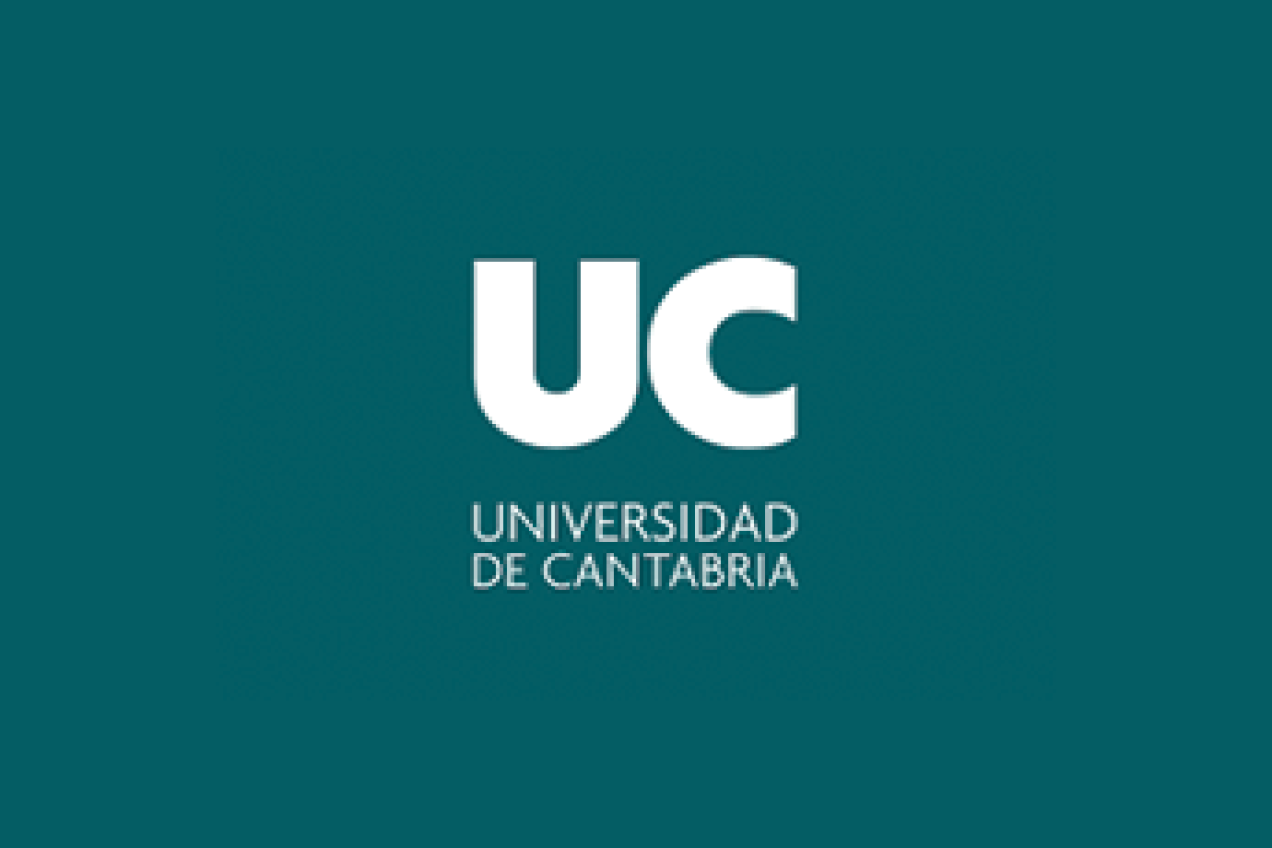Universidad de Cantabria (UC)

Description of the legal entity
The University of Cantabria (UC) was founded in 1972 and is a public Spanish University with around 15000 students. The University is known for its excellence in Research, Development and Knowledge Transfer and collaborates with industry and other research organizations in many R&D projects. It is ranked 7th worldwide in Marine/Ocean Engineering, 101-150th in Civil Engineering and 151-200th in Physics, among others, following Shanghai Ranking 2018. (website address: www.unican.es)
Profile of staff members involved
- Prof. Sergio Cicero González (male): Professor at the University of Cantabria, and is accredited as Full Professor. He has a PhD in civil engineering and more than 15 years of experience in structural integrity and failure analysis. He has participated on several European projects.
- Dr Borja Arroyo Martínez (male): Post-doc researcher at the University of Cantabria, he holds a PhD in Civil Engineering, and MSc in Mechanical Engineering. His expertise is focused on metals characterization using sub-sized specimens.
- Prof. José Alberto Álvarez Laso (male): He is Full Professor at the University of Cantabria and holds a PhD in mechanical engineering. His main areas of expertise are damage and environmental assisted cracking processes on metallic materials. He has broad experience in European projects.
Relevant publications, and/or products, services
- González P., Cicero S., Arroyo B., Álvarez J.A., “A Theory of Critical Distances based methodology for the analysis of environmentally assisted cracking in steels” (2019), Engineering Fracture Mechanics 214: 134-148
- Andres D., Lacalle R., Cicero S., Alvarez J.A., “Application of the small punch test in combination with the master curve approach for the characterisation of the ductile to brittle transition region” (2019), Journal of Nuclear Materials 518: 409-418
- Cicero S., Berto F., Ibáñez-Gutiérrez F.T., Procopio I., Madrazo V., “SED criterion estimations of fracture loads in structural steels operating at lower shelf temperatures and containing u-notches” (2017), Theoretical and Applied Fracture Mechanics 90: 234-243
- Cicero S., García T., Álvarez J.A., Martín-Meizoso A., Aldazabal J., Bannister A., Klimpel A., “Definition and validation of Eurocode 3 FAT classes for structural steels containing oxy-fuel, plasma and laser cut holes” (2016), International Journal of Fatigue 87: 50-58
Cicero S., García T., Madrazo V., “On the Line Method apparent fracture toughness evaluations: Experimental overview, validation and some consequences on fracture assessments” (2015), Theoretical and Applied Fracture Mechanics 78: 15-19
Relevant previous projects or activities
- Fracture behaviour of nano-reinforced composites containing notch-type defects (FRACONANO), Spanish Ministry of Science and Innovation, PGC2018-095400-B-I00, 1 January 2019 to 31 December 2021.
- INcreasing safety in NPPs by Covering gaps in Environmental Fatigue Assessment (INCEFA-PLUS), Euratom Research & Training programme 2014-2018, Grant Agreement N⁰ 6623201, July 2015 to 30 June 2020.
- Análisis del comportamiento en fractura de componentes estructurales con defectos en condiciones de bajo confinamiento tensional, Spanish Ministry of Science and Innovation, MAT2014-58443-P, 1 January 2015 to 31 December 2017.
- High performance cut edges in structural steel plates for demanding applications (HIPERCUT), RFSR-CT-2012-00027, 1 July 2012 to 31 December 2015.
- Optimisation and improvement of the flame straightening process (OPTISTRAIGHT), RFSR-CT-2007-00040, 1 July 2007 to 30 June 2010.
Significant infrastructure and/or any major items of technical equipment
The facilities for Mechanical characterization include Universal Dynamic Machines for uniaxial (static and dynamic) mechanical tests (10, 25 and 100 ton.); electromechanical dynamic machine for small samples testing (up to 2,5kN); grooved Large Bench for multiaxial dynamic mechanical tests; slow strain rate machine (up to 80kN). Hydraulic Presses for compression tests (up to 150 ton.), Load Actuators (up to 50 ton.), Hydraulic Static Machine (up to 150 ton.). Equipment for detection of Hydrogen concentration in metals, Instrumented equipment for impact tests, Micro-Hardness and Hardness equipment, etc. As well as auxiliary equipment, such as extensometers, Stroboscopic systems, Environmental chambers for tests at high/low temperatures, Profiles Projector, 3D measurement machine, SEM microscope, Optical Microscopes, X-Ray diffractometer, Precision Cutters, etc.
